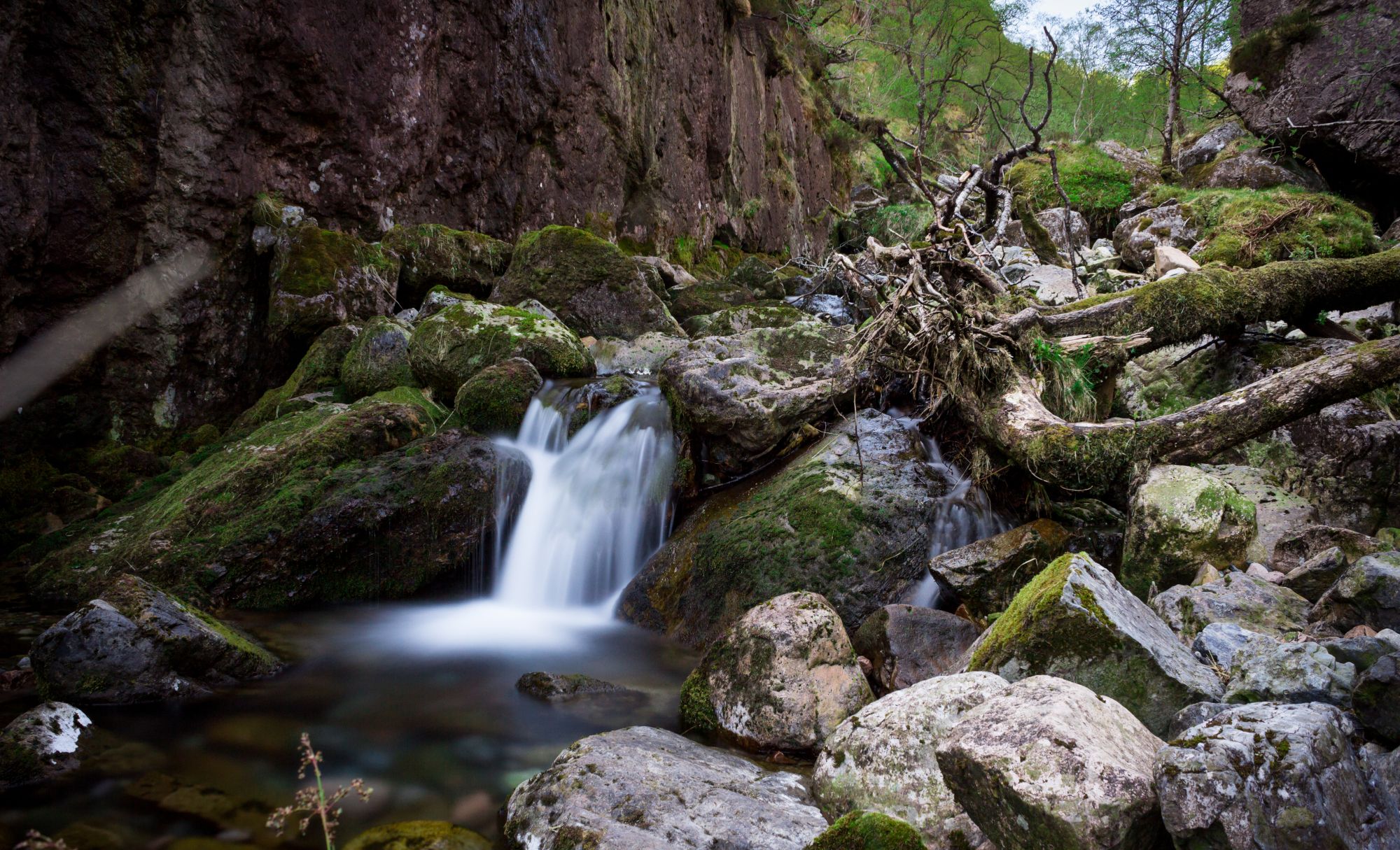Impossible List - 15 April
How far I've come over the course of the last month in regards to the impossible list of goals I've set for myself.

Advancements in technology have opened up new possibilities for gathering and analyzing crucial data to aid in the early detection of stress, pests, and diseases in trees and wild plants.

Advancements in technology have opened up new possibilities for gathering and analyzing crucial data to aid in the early detection of stress, pests, and diseases in trees and wild plants. One innovative approach is the creation of a mobile application that utilizes gamification techniques. By strategically distributing approximately 25,200 points across the 6,300 square kilometers managed by the Scottish Forestry Commission, this app aims to engage citizen scientists in capturing photographs of various elements, including trees, leaves, plants, bugs, pests, diseases, berries, buds, and flowers.
The application seeks to leverage the power of citizen science by encouraging individuals to become active participants in tree health monitoring. Our scientists become the constant data collection effort of the Scottish Forestry Commission. By turning the data collection process into a game-like experience, it fosters a sense of excitement, motivation, and curiosity among users. Engaging with the app, citizen scientists become active contributors in gathering vital information that can aid in early detection efforts.
To ensure comprehensive coverage, the application disperses roughly 25,200 points evenly across the 6,300 square kilometers managed by the Scottish Forestry Commission. These points act as specific locations where citizen scientists are prompted to visit and capture photographs of different tree-related aspects. The strategic distribution guarantees a representative sample of data, capturing the diversity and dynamics of tree health across various regions. The map will then rule out areas located on water and those locations that exist in a gradient steeper than thirty degrees.
The gamified application prompts users to capture photographs of various elements found within the forested areas. This includes trees, leaves, plants, bugs, pests, diseases, berries, buds, flowers, and more. By focusing on diverse components, the application allows for a comprehensive understanding of the ecosystem and its potential stressors, pests, and diseases. This holistic approach enhances the early detection capabilities of the app.
To incentivize citizen scientists to explore points that have not yet been captured, the gamified application takes a dynamic approach. Points that remain un-photographed are assigned higher scores, creating a friendly competition among users. This scoring system motivates individuals to venture into less-explored areas, uncovering hidden gems and ensuring a more balanced coverage of the entire landscape. Furthermore, the app encourages users to go beyond capturing photographs of key elements that have already been well-documented. By introducing challenges and quests that highlight previously un-photographed items, citizen scientists contribute to a more comprehensive understanding of tree and plant health. This approach adds excitement and diversity to the data collection process, creating a vibrant ecosystem of exploration and discovery within the application.
The photographs captured by citizen scientists hold immense potential for analysis and insights. Utilizing data analytics techniques and machine learning algorithms, the application can process and interpret the collected images. This analysis can identify patterns, anomalies, and potential indicators of stress, pests, and diseases. Over time, the machine learning algorithms can improve accuracy and provide early warnings by recognizing specific signs and correlations. This would work in parallel to the analysis carried out by the Scottish Forestry Commission as building a machine learning algorithm is difficult and data hungry and will take time to train and build trust in its results.
The gamified application fosters a sense of community and collaboration among citizen scientists, enabling them to interact, share experiences, and seek guidance. Users can join forums, engage in discussions, and learn from experts in forestry, botany, and entomology. This collaboration ensures that knowledge is shared, allowing for a collective effort in understanding and mitigating tree health challenges at the national level.
The application goes beyond data collection and analysis; it acts as a platform for public awareness and education. Through informational resources, tutorials, and in-app content, it equips citizen scientists with the knowledge and skills necessary to identify and report tree and plant related issues accurately. By fostering a deeper understanding of tree health, the application empowers users to make informed contributions and take proactive measures.
Incorporating gamification techniques into a mobile application for tree health monitoring can revolutionize the way we gather and analyze stress, pests, and disease data in trees and wild plants at national levels. By strategically spreading out points across the managed areas, citizens are engaged in capturing photographs of various elements, contributing to a comprehensive dataset. The application's gamified approach fosters collaboration, educates the public, and enables early detection efforts. With technology as an ally, we can strengthen our ability to protect and preserve the health of our forests and wild plant ecosystems for generations to come.